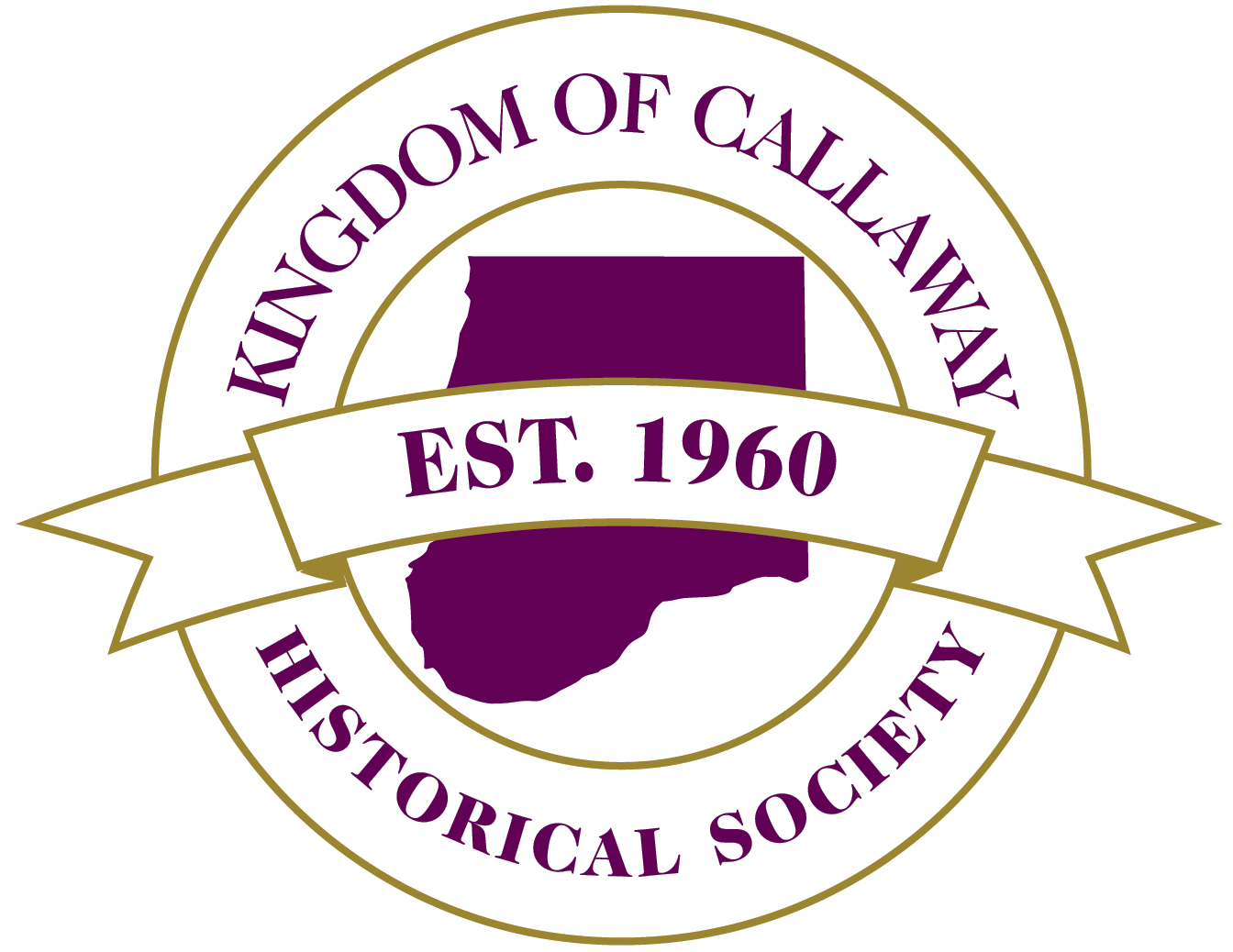Automobiles and Brick Streets
An early tinted postcard offers a view of Court Street looking south from the town square. A single electric lamp hangs over the middle of the Street near a tall utility pole. In a second version of the same card, both the lamp and the pole have been removed from the photograph. We cannot say why someone chose to alter the image. Perhaps they found these touches of modernity unsightly, a distraction from the charm of the photo.
By the time this postcard appeared in the 1920’s, Fultonians seem to have fully embraced at least one modern invention: the automobile. The automobile brought many positive changes to daily life in mid-Missouri, but it no doubt posed its share of challenges as well. In 1910, there were approximately 25 automobiles in Fulton. At about this time, the City Council enacted an ordinance levying fines from $5 to $100 for exceeding the town’s eight mile per hour speed limit.
It is quite possible that the growing presence of automobiles in Fulton influenced one very positive improvement: the decision to pave streets in the business district with brick. From the town’s earliest days, folks had been complaining about the mucky, muddy mess created when rain hit the clay soil streets. Later, wooden sidewalks provided a clean, safe space for pedestrians – at least until they needed to cross the street! The streets themselves had little to recommend them.
In the early 1870s, after paving a street in Charleston, West Virginia with brick, Mordecai Levy sought a patent to protect the paving process he had developed. His discovery quickly gained popularity due to the durability of brick. By the time brick paved streets reached mid-Missouri in the early 1900s, the use of vitrified brick also made them impervious to moisture and corrosion – a significant step forward from existing materials like dirt and macadam. Between 1910 and 1912, Fulton joined cities throughout the country paving its downtown streets with brick.
By the 1970’s interest in historic preservation had expanded to include the maintenance and restoration of brick streets, especially in historic districts. Today, the local bureau of tourism promotes Fulton’s Historic Brick District to visitors and as noted in the 2004 application for inclusion of the Downtown Fulton Historic District on the National Registry of Historic Places, the brick streets enhance the character of the downtown area, contributing to its “historical feeling and sense of place.” The brick streets may no longer represent the latest technology, but they remain an important part of the city’s heritage.
A brief afterthought: Did you notice the similarity between the recently installed lamppost in the photo and the original on the postcard?

